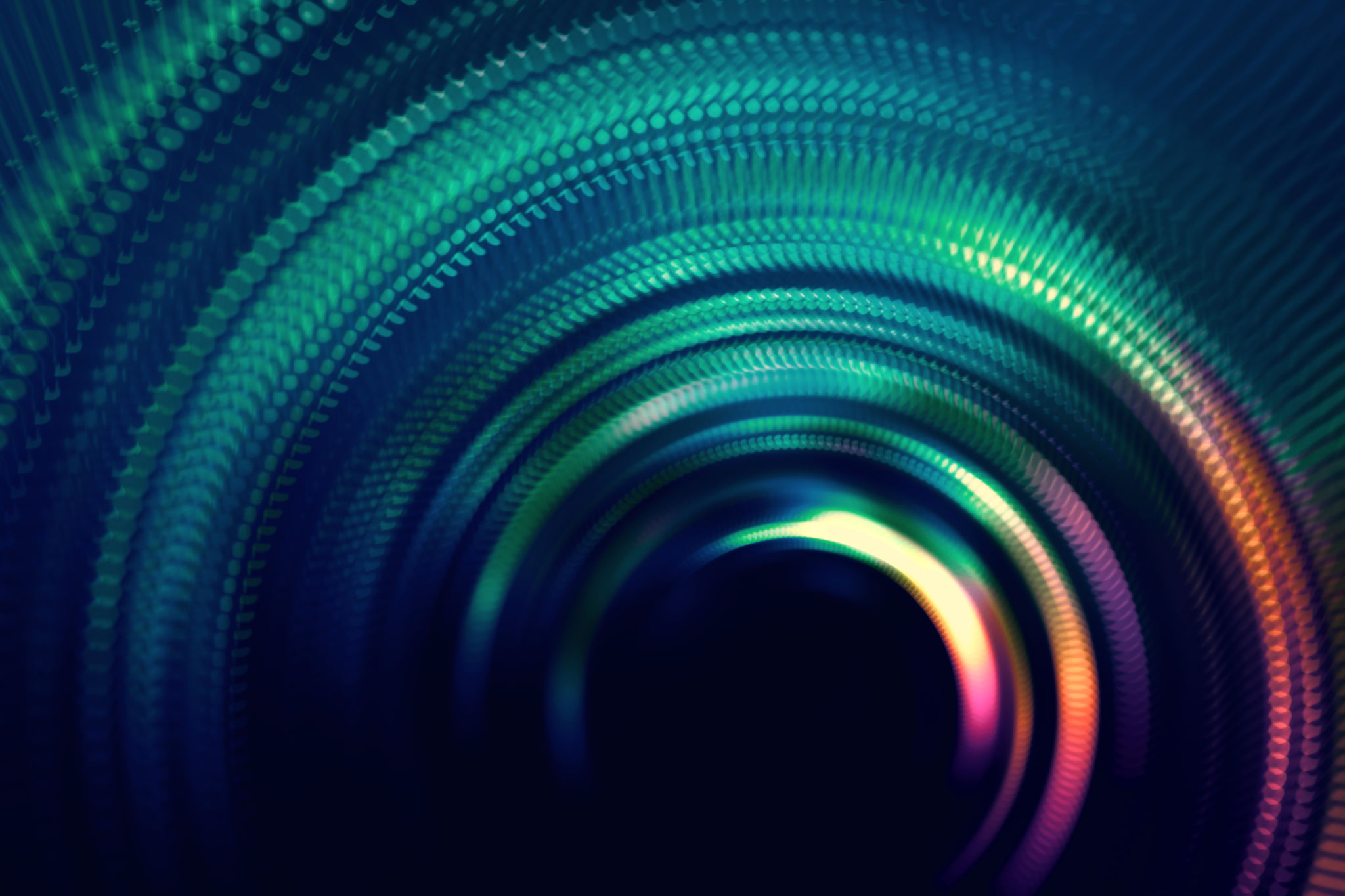Expert Tips for Maintaining Your LED Lighting System
Understanding the Basics of LED Lighting Systems
LED lighting systems have become increasingly popular due to their energy efficiency, longevity, and versatility. However, like any other technology, they require proper maintenance to ensure optimal performance. Understanding the basics of these systems is the first step in maintaining them effectively.

Regular Cleaning and Inspection
One of the simplest yet most effective maintenance tasks is regular cleaning. Dust and debris can accumulate on the surface of your LED fixtures, potentially reducing their brightness and efficiency. To clean them, use a soft, dry cloth or a slightly dampened microfiber cloth. Avoid using harsh chemicals as they can damage the LED components.
In addition to cleaning, it's essential to conduct regular inspections. Check for any signs of wear and tear, such as flickering lights or discolored bulbs. Early detection of issues can prevent more significant problems down the line.
Ensuring Proper Ventilation
LED lights are known for their low heat emission compared to traditional lighting systems. However, they still generate some heat, which needs to be dissipated effectively to maintain their lifespan. Ensure that your LED fixtures have adequate ventilation.

Avoid installing LED lights in enclosed fixtures unless they are specifically designed for such use. Proper airflow around the lights will help in maintaining the temperature and preventing overheating.
Checking Electrical Connections
Another crucial aspect of maintaining your LED lighting system is ensuring that all electrical connections are secure. Loose connections can cause flickering or complete failure of the lighting system. Regularly inspect the wiring and connections for any signs of wear or corrosion.
Make sure to turn off the power supply before performing any checks or maintenance tasks involving electrical components. If you're not comfortable doing this yourself, consider hiring a professional electrician to assist you.

Replacing Faulty Components
While LED lights are known for their long lifespan, individual components such as drivers or transformers can sometimes fail. If you notice any issues with your LED lights that cleaning or connection checks don't resolve, it might be time to replace these components.
Ensure that you purchase compatible parts when replacing faulty components. Using non-compatible parts can lead to inefficiency and further damage to your lighting system.
Upgrading for Better Performance
Technology continues to advance rapidly, and LED lighting is no exception. Consider upgrading your system if it's been several years since installation. Newer models may offer better energy efficiency, improved brightness, and additional features such as smart controls.

Upgrading doesn't always mean replacing everything. Sometimes, simply changing bulbs or drivers can provide significant improvements in performance and energy savings.
Conclusion
Maintaining your LED lighting system involves a combination of regular cleaning, inspections, and addressing any issues promptly. By following these expert tips, you can ensure that your LED lights continue to operate efficiently and effectively for years to come. Remember, a well-maintained system not only saves energy but also enhances the overall ambiance of your space.